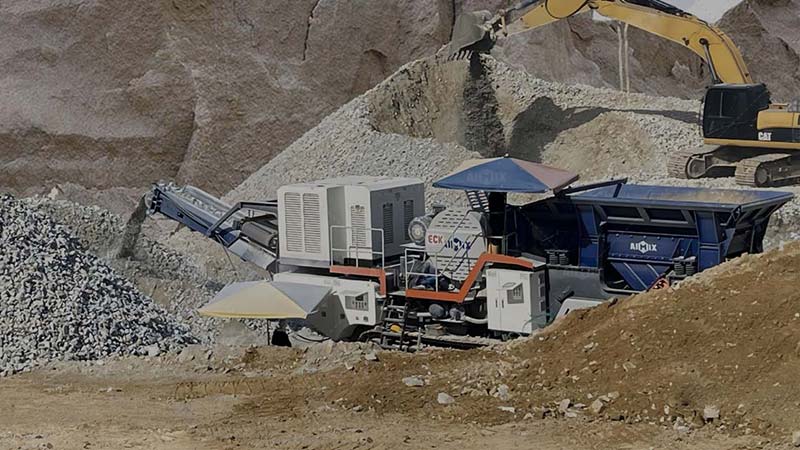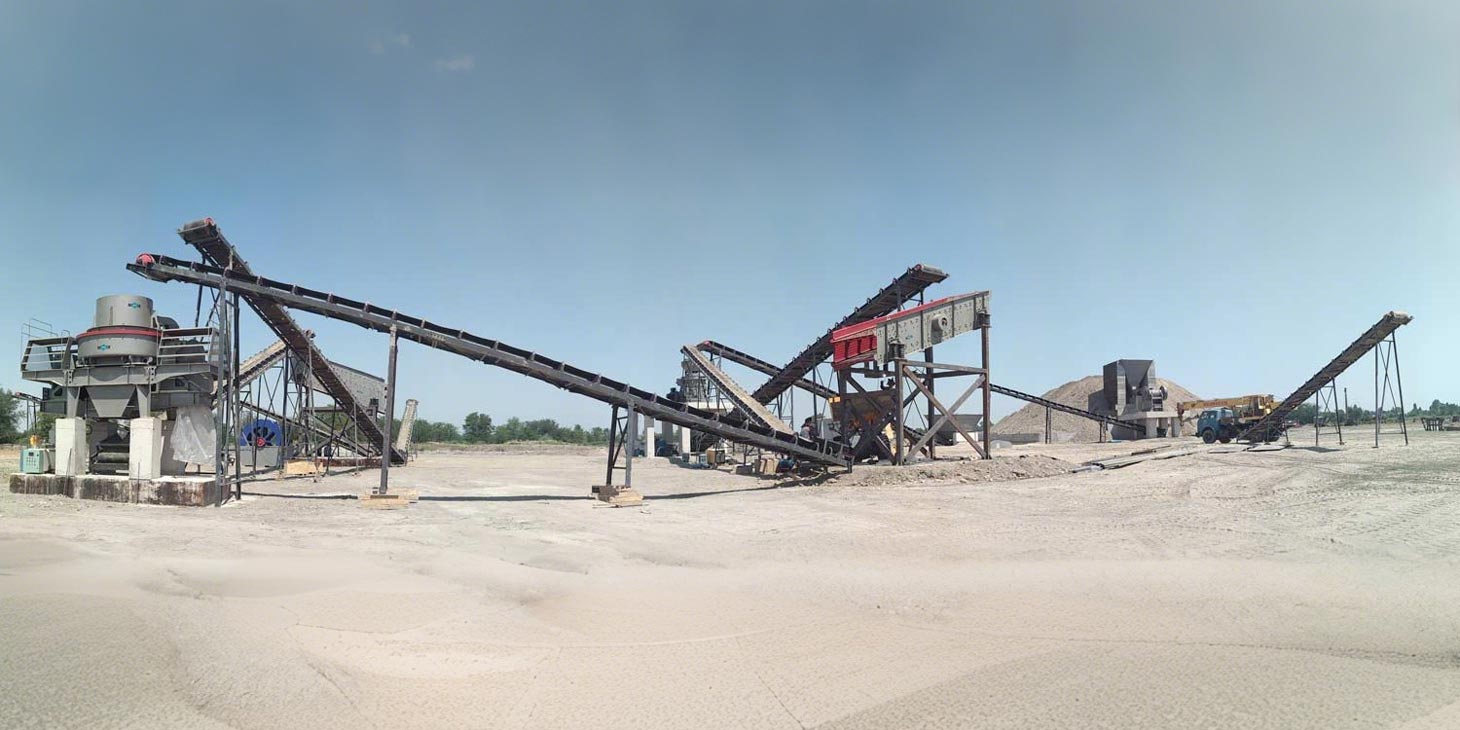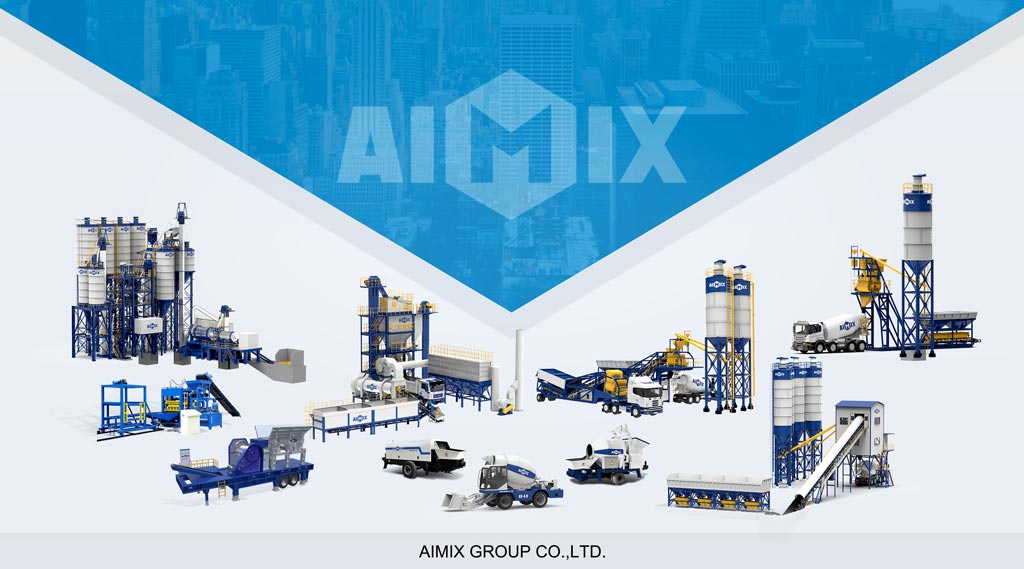The question of whether a mobile stone crusher plant is more expensive than its stationary counterpart is one of the most persistent inquiries in aggregate processing. A cursory glance at the initial purchase orders seems to deliver a clear verdict: the mobile unit commands a significant premium. However, this perspective is myopic. It fails to account for the profound operational, logistical, and strategic variables that define the true cost of ownership in the crushing business. A comprehensive cost breakdown requires moving beyond the invoice to analyze the entire lifecycle of the equipment. The higher upfront investment for a mobile stone crusher plant is not merely a price tag; it is a capital allocation that purchases a radical reconfiguration of a quarry or contractor’s operational paradigm, with implications for efficiency, market reach, and long-term profitability.

The Initial Price Tag: A Superficial Comparison
On a component-for-component basis, a mobile crushing plant is inherently more complex and costly to manufacture. The core crusher, screen, and conveyors must be integrated onto a single, robust chassis equipped with a hydraulic system and sometimes even its own power pack. This engineering feat of creating a fully functional processing plant on a mobile platform incurs a substantial manufacturing premium. Furthermore, the configuration itself adds layers of cost. A tracked mobile plant, offering the greatest autonomy and terrain-handling capability, is more expensive than a wheeled trailer version. Ancillary costs, such as remote controls and sophisticated dust suppression systems integrated into the compact design, further widen the initial price gap. Finally, the brand and the level of technological sophistication introduce a significant surcharge. Advanced automation, telematics for remote monitoring, and patented crushing chamber designs all contribute to a higher capital outlay but promise greater efficiency and control.

The Operational Calculus: Where Mobility Alters the Equation
The financial narrative begins its dramatic shift when the plant is put to work. The most impactful saving delivered by a mobile crusher is the radical reduction, and often elimination, of material haulage. In a traditional setup with a fixed plant, excavators load trucks that shuttle raw material from the face to the primary crusher, and then often again to secondary processing stations. This cycle consumes vast quantities of diesel, incurs high labor costs for drivers, and subjects a fleet of trucks to intense wear and tear. A mobile plant is simply driven to the rock face, obliterating this entire cost center. This leads directly to a second operational advantage: on-demand production and site flexibility. The machine can be relocated around a large quarry to process different material stockpiles or even moved to an entirely new project site within days. This agility allows contractors to respond to market demands and secure projects that would be logistically or economically unviable with a stationary setup, optimizing the asset’s utilization rate.
The Intangible Equity: Value Beyond Direct Cost
The value proposition of mobile crushing extends into less tangible, yet critically important, forms of business equity. The first is enhanced bidding power and contractual agility. A contractor with a mobile plant is not geographically tethered. They can competitively bid on projects spread across a wide region, from urban demolition recycling to remote rural road construction, without the prohibitive cost of establishing a fixed installation. This mobility also addresses the growing scarcity of prime, permitted locations for fixed plants. Zoning restrictions and environmental regulations make securing a long-term site for a stationary plant increasingly difficult. The mobile solution bypasses this constraint entirely. Moreover, a well-maintained mobile rock crusher plant holds a significantly higher residual value and is far more liquid in the used equipment market than a stationary plant, which is often considered a semi-permanent fixture. This asset liquidity is a crucial financial safety net.
The Final Tally: A Question of Business Model
The ultimate verdict on cost is not universal; it is contingent on the business model. For a high-volume, single-site quarry with decades of reserves and established infrastructure, the lower initial cost and potentially higher ultimate throughput of a well-designed stationary plant may be the most economical path. The investment is amortized over a long period of massive, consistent production. Conversely, for a multi-site operator, a demolition contractor, or a quarry with multiple, dispersed pits, the mobile plant is unequivocally the more cost-effective solution. Its ability to eliminate haulage, pivot between projects, and unlock new revenue streams delivers a return on investment that the stationary model cannot match. The final calculation must be a thorough analysis of the total cost of ownership, factoring in not just the purchase price, but fuel, labor, maintenance, transportation, and the potential for revenue generation across the machine’s entire working life. For a dynamic and ambitious operation, the premium for mobility is not an expense; it is the price of entry into a more profitable and resilient future.


Comments
No comments yet. Be the first to react!